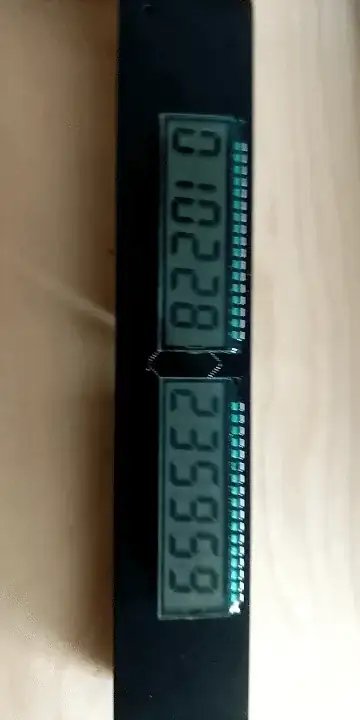Despite the misleading series in the datasheet, the RX8900 does consider the year "00" to be a leap year.
I tested this empirically by setting the date to Feb 28th, 00 and letting it roll to see what the next day was...

I also checked Feb 28th, 01 as a control...

If you are looking at this question, then this code might be of use to you...
// This table of days per month came from the RX8900 datasheet page 9
static uint8_t daysInMonth( uint8_t m , uint8_t y) {
switch ( m ) {
case 1:
case 3:
case 5:
case 7:
case 8:
case 10:
case 12: // Interestingly, we will never hit 12. See why?
return 31 ;
case 4:
case 6:
case 9:
case 11:
return 30 ;
case 2:
if ( y % 4 == 0 ) { // "A leap year is set whenever the year value is a multiple of four (such as 04, 08, 12, 88, 92, or 96)."
// Empirical testing also shows that 00 is a leap year to the RX8900
// https://electronics.stackexchange.com/questions/385952/does-the-epson-rx8900-real-time-clock-count-the-year-00-as-a-leap-year
return 29 ; // "February in leap year 01, 02, 03 ... 28, 29, 01
} else {
return 28; // February in normal year 01, 02, 03 ... 28, 01, 02
}
}
__builtin_unreachable();
}
static const uint32_t rx8900_days_per_century = ( 100UL * 365 ) + 25; // 25 leap years in every RX8900 century
// Convert the y/m/d values from the RX8900 to a count of the number of days since 00/1/1
// rx8900_date_to_days( 0 , 1, 1 ) = 0
// rx8900_date_to_days( 0 , 1, 31) = 30
// rx8900_date_to_days( 0 , 2, 1 ) = 31
// rx8900_date_to_days( 1 , 1, 1 ) = 366 (00 is a leap year!)
static uint32_t rx8900_date_to_days( uint8_t c , uint8_t y , uint8_t m, uint8_t d ) {
uint32_t dayCount=0;
// Count days in centuries past
dayCount += rx8900_days_per_century * c;
// Count days in years past this century
for( uint8_t y_scan = 0; y_scan < y ; y_scan++ ) {
if ( y_scan % 4 == 0 ) {
// leap year every 4 years on RX8900
dayCount += 366UL; // 366 days per year past in leap years
} else {
dayCount += 365UL; // 365 days per year past in normal years
}
}
// Now accumulate the days in months past so far this year
for( uint8_t m_scan = 1; m_scan < m ; m_scan++ ) { // Don't count current month
dayCount += daysInMonth( m_scan , y ); // Year is needed to count leap day in feb in leap years.
}
// Now include the passed days so far this month
dayCount += (uint32_t) d-1; // 1st day of a month is 1, so if it is the 1st of the month then no days has elapsed this month yet.
return dayCount;
}


